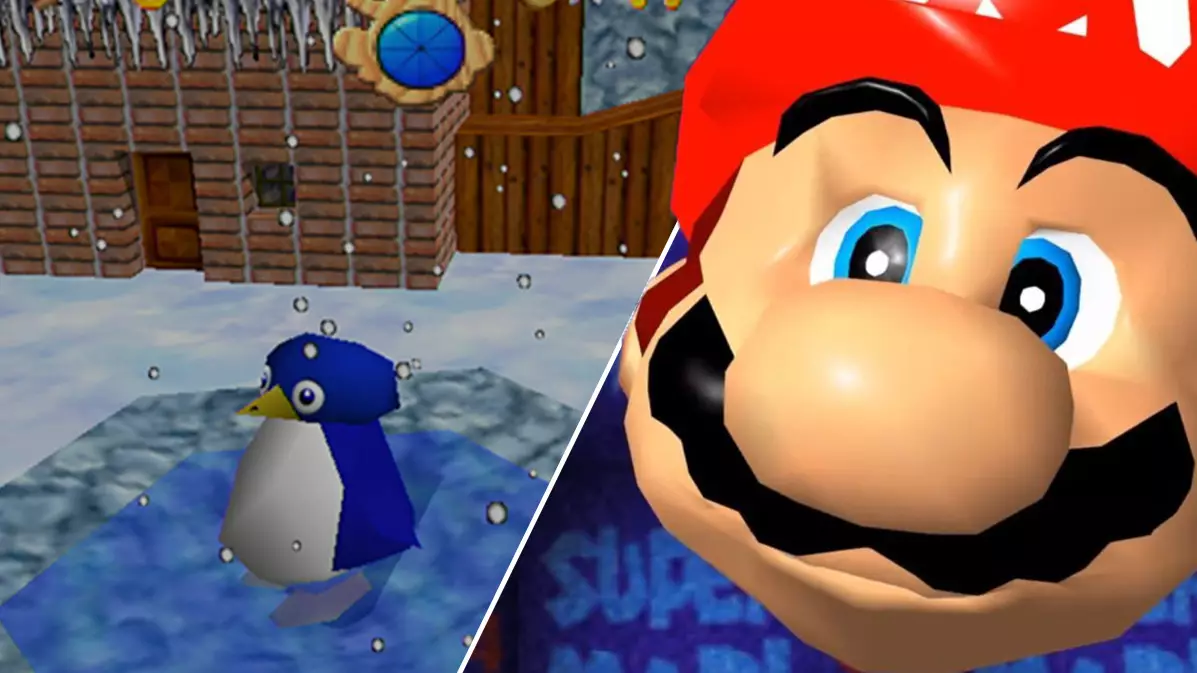
Words: Jeremy Peel
Mario is 64 years old today. Alright, that's not strictly true - his first 3D adventure turns 24 this week (it released on June 23rd, 1996) - but it sounds about right. The man has been plumbing for nearly four decades, long enough to earn a boomer's retirement and live out the rest of his days bouncing between cruise ships, developing a permanent tan line around the reading glasses he uses to peer at Tom Clancy novels.
Super Mario 64 itself is so old - the exact same age as the console, the Nintendo 64, that it launched alongside - that its innovations have increasingly become invisible. Platforming in 3D space is now the business of not just Banjo and Kazooie but Doom Eternal and Far Cry. The hub of Wolfenstein II: The New Colossus might be dressed up as a captured U-boat, but it's basically Peach's Castle - a recurring safe zone in which to explore and play with the controls.
Advert
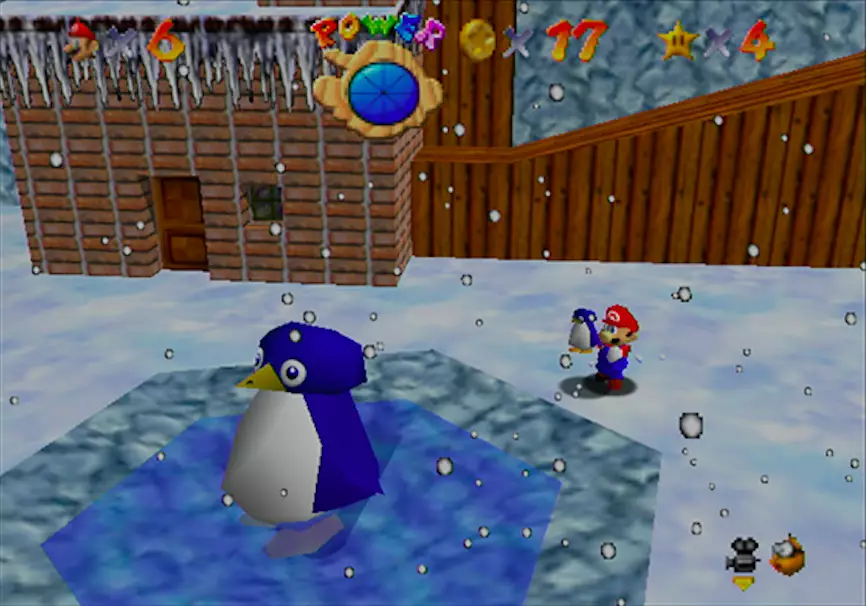
And the camera? Before Mario 64, it was either fixed into the landscape or attached to the player's forehead in first-person. After Mario 64, it became dynamic and responsive, following the player and preempting their movements, the way the professionals do at the football.
Really, the only aspect of Mario 64 that still stands out today is the one other developers haven't swiped and repurposed in the decades since: its structure.
---
Advert
Related: The GAMINGbible Team's All-Time Greatest Nintendo 64 Games
---
Nowadays, the Mario games tend to take one of two shapes: either a series of levels played from start to finish, as in Super Mario 3D World, or open-world courses that can be explored at length. Super Mario Odyssey, the latest entry in the series, was filled with hundreds of tiny challenges - each designed to be completed in the time it takes to catch a connecting train, or wait for a takeaway coffee.
"It really does contain a lot of elements which can be enjoyed in very short gameplay sessions, which is more of a handheld-oriented feature," producer Yoshiaki Koizumi told The Verge. "You can easily do meaningful things in Super Mario Odyssey with only two or three minutes to play it."
Advert
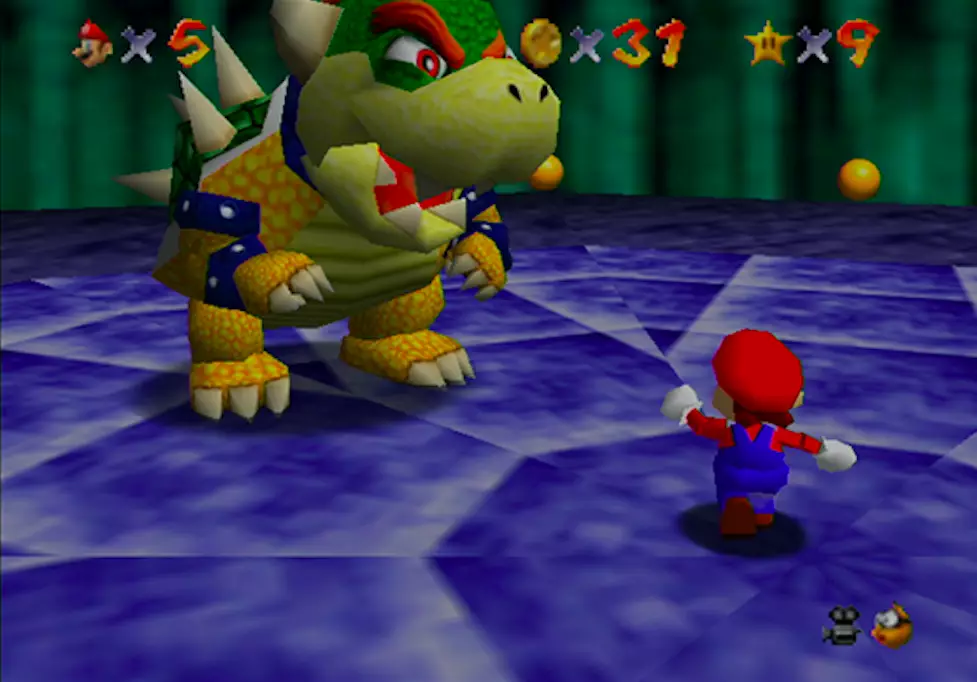
This is part of Nintendo's wider Switch-era strategy, which you can see at work in Breath of the Wild's network of small, digestible shrines. But back in 1996, when nobody was picking up an N64 and lugging it to the park, the company committed to a similar idea.
In Mario 64, each level is home to a handful of stars, which you win in races, earn by collecting coins, or discover in secret locations. So far, so Odyssey. The difference is, once you pick up a star, the game boots you back to Peach's Castle. You've 'completed' the course, and can use that star to unlock other doors in the hub world, opening up new levels. Or you can dive back in again, and complete the course a different way.
It might sound like a small difference, but its impact is enormous. In today's open worlds, including Mario Odyssey, the crumb-like distribution of objectives encourages methodical exploration, until you've either seen everything an area has to offer or got bored and drifted away.
Advert
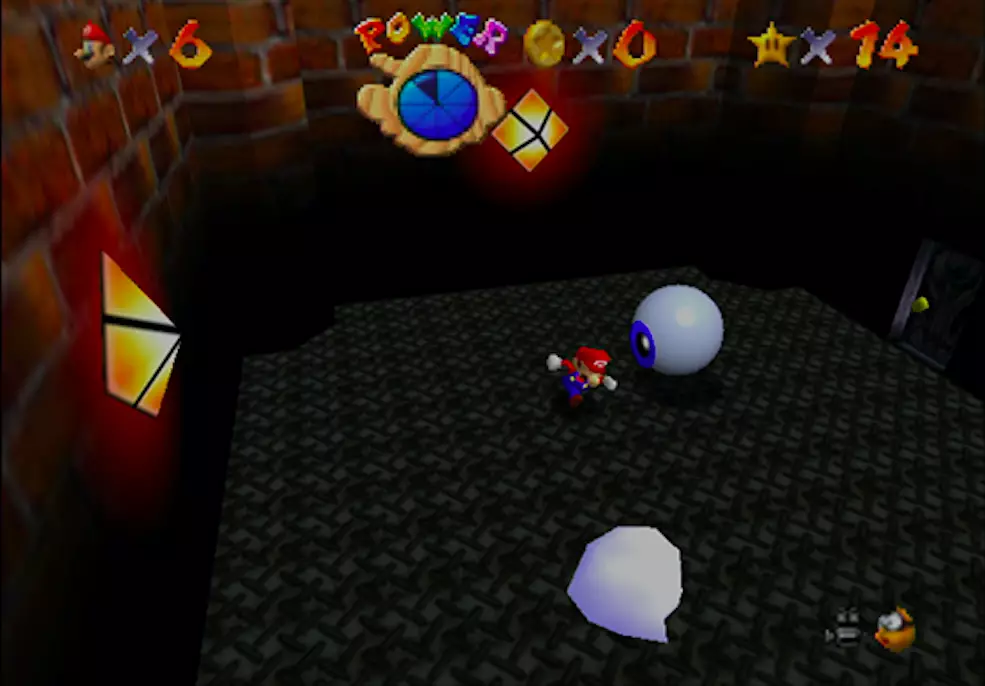
Mario 64, by contrast, suggested you ping back and forth between levels, catering perfectly to the attention span of its pre-teen players. Sick of slipping off the edge of Cool, Cool Mountain? No problem: run back to Bob-omb Battlefield and see what's happening there instead.
The game's magic lay in the fact that these worlds changed when you weren't visiting them. They might not be so different that you noticed right away - the jagged, polygonal terrain didn't shift, and the skybox remained static. But perhaps the second time you slipped down the chimney of Cool, Cool Mountain's chalet, there was an enormous penguin waiting to challenge you to a race down the ice slide. Or when you returned to the Battlefield, the red bob-ombs had awoken their cannons from slumber, allowing you to clamber inside and fire yourself onto a distant floating island.
---
Advert
Related: Every Super Mario Game, Ranked For MAR10 Day
---
There's an elegance to this arrangement that puts me in mind of classical music - specifically a form of composition known as 'theme and variation', where an initial melody is reworked several times over, altered by changes to rhythm or orchestration. To my mind, Bob-omb Battlefield's first-star boss fight is that first 'theme'; each time you go back, you get to play a new variation that reimagines the course as a racetrack, or a game of hide-and-seek, or eventually even an airfield. The same space is reinterpreted, and you never know quite what it's going to be next.
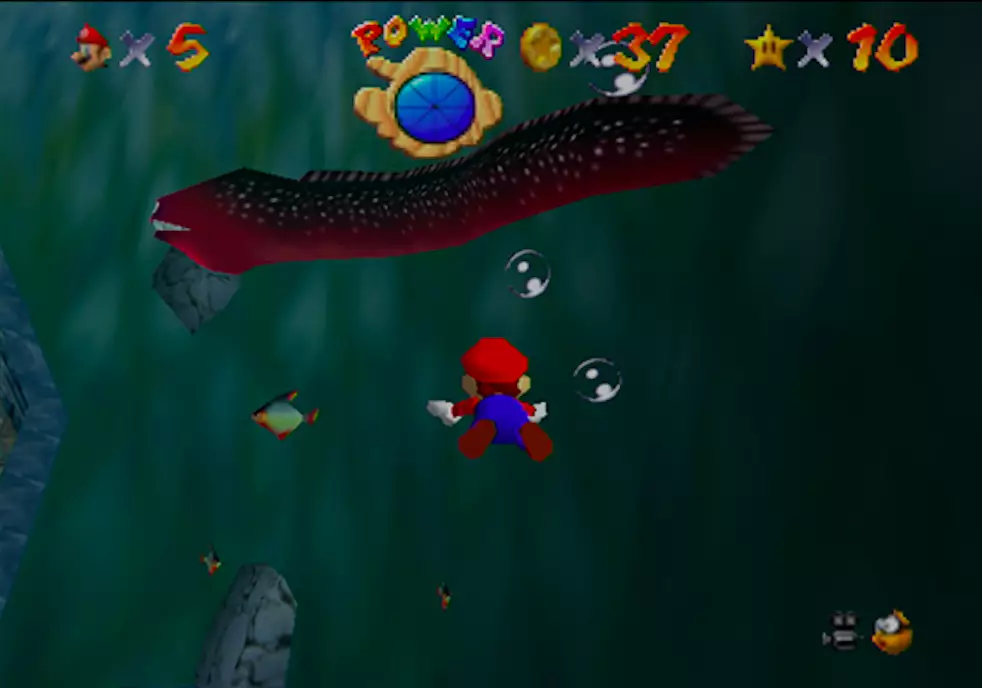
That's a pretentious interpretation, of course. Nintendo's decisions during development won't have been driven purely by fanciful design ideals, but informed by practical concessions, too. Mario 64's structure may have just helped the company cover for some of the technical limitations of its game, which let's not forget, was released in the earliest days of 3D platforming. But by turning loading screens into leaps through paintings that rippled as Mario hit their surface, it evoked the childlike escapism of CS Lewis's Narnia novels. And as in Narnia, time seemed to pass behind those paintings when we weren't looking.
In so many ways, Super Mario Odyssey is a faithful successor to its Nintendo 64 parent. Even after all those years, its moveset is practically identical - the same tricks for lengthening a jump work now as did back then. But where Odyssey captures the sense of travelling between countries, Mario 64's paintings-come-to-life convinced as whole other worlds.
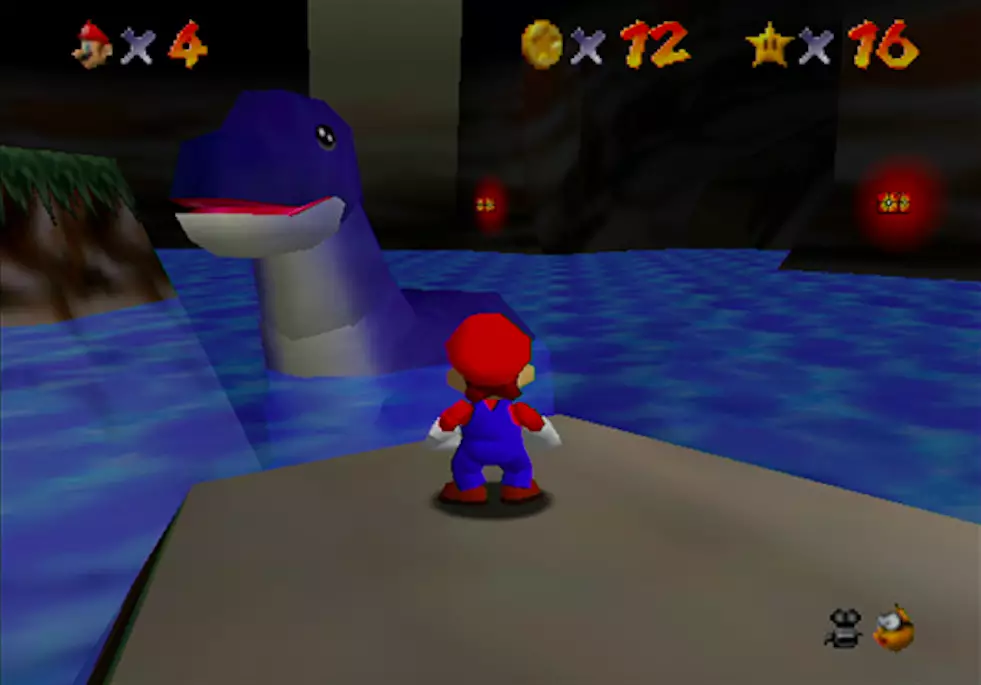
Given this childlike structure it's probably no coincidence that, unusually for the time, Nintendo invited children to playtest Mario 64. The developers watched for half a day as a row of Japanese middle-schoolers messed about in Bob-omb Battlefield. Shigeru Miyamoto recounted the event in an interview for a strategy guide, translated by Shmuplations.
"My child was one of them, actually," he said. "Seeing him try dozens of times, over and over, to get up this unclimbable hill, as a parent I couldn't help but think, 'Geez, does this kid have any brains?'
"Afterwards we asked the children what they thought of the game, and they said it was fun, and that they wanted to play it again."
It's easy to see why. Children are daydreamers, and Peach's Castle was a daydreamer's paradise - a place where, if you looked hard and long enough at a painted sky, you might just fall into it.
Follow the author on Twitter at @jeremy_peel, and GAMINGbible at @gamingbible.
Featured Image Credit: NintendoTopics: N64, Super Mario 64, Nintendo 64, Mario, Nintendo, Retro Games